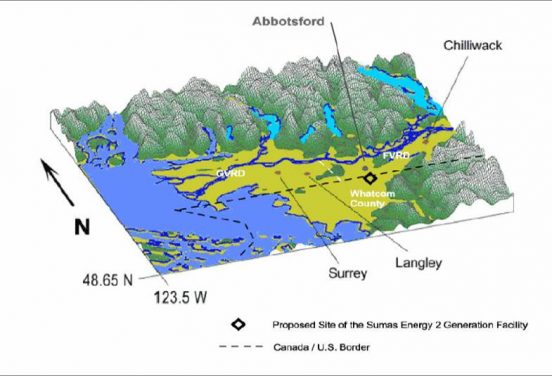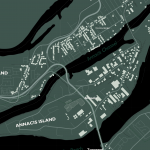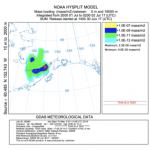Overview:
SUMAS 2 was an electric power plant proposal in the town of Sumas, Washington near the Canadian-United States border. The proposal was highly controversial due to natural gas use for power and the potential for pollutants to drift upwards into the Canadian Sumas Mountains, and further into the Lower Mainland of British Columbia including metro Vancouver. The Gaussian Plume Dispersion Model is a mathematical model used to estimate the concentration of pollutants at a point at some distance for the source of emission.
This project investigates the maximum concentration of PM that might occur 10km downwind from SUMAS 2.
Objectives:
- Gain familiarity with Gaussian Plume models and their limitations
- Apply Gaussian Plume model in Screening mode to Sumas 2 Facility
Summary:
Air pollution is represented by an idealized plume coming from the top of a stack with height and diameter. The Pasquill Stability classes are defined from A – G where: A – Extremely unstable conditions, B – Moderately Unstable conditions, C – Slightly Unstable Conditions, D – Neutral Conditions, E – Slightly Stable Conditions, F – Moderately Stable Conditions, G – Extremely Stable Conditions 2. This model can help produce a set of scenarios for Ground Level Concentrations (GLCs) – 10 kms were used as the maximum downwind distance.
The Lower Fraser Valley is an urbanized environment which experiences a significant PM10 pollution problem in the summer 3. The paper highlights that during the study, provincial levels of ‘acceptable’ concentrations were around 50 ug/m3. Looking at the concentrations graphs, it is clear that concentrations can exceeded these acceptable values. The LFV experiences daytime sea breezes in the summer which increases transportation of urban pollutants through the LFV 3. This with the added pollution from SUMAS 2 could see higher concentration levels LFV.
Read the Paper: Assignment 3 – Gaussian Plume Modelling




